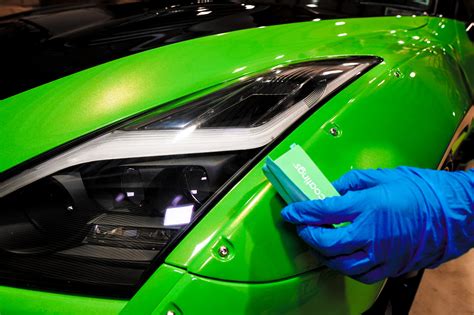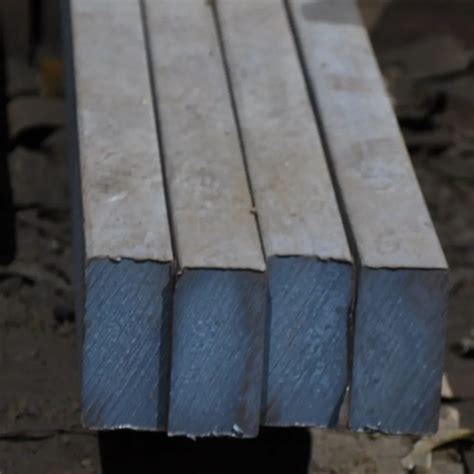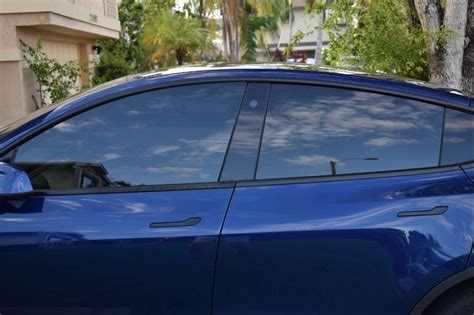Ceramic wrap, a type of thermal insulation material, has gained significant attention in recent years due to its unique properties and versatile applications. Composed of ceramic fibers, this material is designed to provide effective heat resistance and insulation in various environments. The ceramic wrap's ability to withstand extremely high temperatures, often exceeding 1000°C (1832°F), makes it an essential component in industries such as automotive, aerospace, and manufacturing.
The primary function of ceramic wrap is to prevent heat transfer and minimize thermal energy loss. This is achieved through the use of ceramic fibers, which are woven together to create a durable and flexible blanket-like material. The ceramic fibers used in these wraps are typically made from alumina-silica or other refractory materials, providing exceptional thermal stability and resistance to degradation. By applying ceramic wrap to surfaces or components, industries can significantly reduce heat-related issues, such as thermal stress, fatigue, and damage to equipment or personnel.
Key Points
- Ceramic wrap is a thermal insulation material composed of ceramic fibers, providing effective heat resistance and insulation.
- It can withstand extremely high temperatures, often exceeding 1000°C (1832°F), making it suitable for various industrial applications.
- The primary function of ceramic wrap is to prevent heat transfer and minimize thermal energy loss.
- Ceramic wrap is used in industries such as automotive, aerospace, and manufacturing to reduce heat-related issues and improve overall efficiency.
- It is available in various forms, including blankets, tapes, and coatings, allowing for flexibility in application and use.
Properties and Characteristics of Ceramic Wrap

Ceramic wrap exhibits a range of beneficial properties, including low thermal conductivity, high thermal stability, and excellent resistance to chemical corrosion. The material’s low density and flexibility also make it an attractive option for applications where weight and space are limited. Additionally, ceramic wrap is often used in conjunction with other materials, such as refractory coatings or insulation blankets, to create a comprehensive thermal management system.
The ceramic fibers used in these wraps are typically manufactured through a process known as sol-gel technology, which involves the combination of metal alkoxides and water to create a colloidal solution. This solution is then dried and fired at high temperatures to produce the final ceramic fiber product. The resulting fibers exhibit a unique combination of strength, flexibility, and thermal stability, making them ideal for use in ceramic wrap applications.
Applications of Ceramic Wrap
Ceramic wrap is used in a variety of applications, including the automotive, aerospace, and manufacturing industries. In the automotive sector, ceramic wrap is often used to insulate exhaust systems, catalytic converters, and other high-temperature components. This helps to reduce heat-related issues, such as thermal stress and component failure, while also improving overall vehicle efficiency and performance.
In the aerospace industry, ceramic wrap is used to insulate aircraft engines, exhaust systems, and other high-temperature components. The material's exceptional thermal stability and resistance to degradation make it an essential component in these applications, where temperatures can often exceed 1000°C (1832°F). Ceramic wrap is also used in manufacturing industries, such as steel production and chemical processing, to insulate equipment and piping systems.
| Industry | Application | Temperature Range |
|---|---|---|
| Automotive | Exhaust system insulation | 500-1000°C (932-1832°F) |
| Aerospace | Aircraft engine insulation | 800-1200°C (1472-2192°F) |
| Manufacturing | Equipment and piping insulation | 200-800°C (392-1472°F) |

Benefits and Limitations of Ceramic Wrap

The use of ceramic wrap offers several benefits, including improved thermal insulation, reduced heat-related issues, and increased overall efficiency. However, the material also has some limitations, such as high cost and limited availability. Additionally, ceramic wrap can be prone to damage from mechanical stress, chemical corrosion, and other environmental factors.
Despite these limitations, ceramic wrap remains a popular choice for high-temperature applications due to its exceptional thermal stability and resistance to degradation. As research and development continue to advance, it is likely that new and improved ceramic wrap materials will be developed, offering enhanced performance and affordability.
What is ceramic wrap used for?
+Ceramic wrap is used for thermal insulation and heat resistance in various industries, including automotive, aerospace, and manufacturing.
What are the benefits of using ceramic wrap?
+The benefits of using ceramic wrap include improved thermal insulation, reduced heat-related issues, and increased overall efficiency.
What are the limitations of ceramic wrap?
+The limitations of ceramic wrap include high cost, limited availability, and susceptibility to damage from mechanical stress and chemical corrosion.
In conclusion, ceramic wrap is a versatile and effective material for thermal insulation and heat resistance in various industries. Its unique properties and characteristics make it an essential component in applications where high temperatures are present. As research and development continue to advance, it is likely that new and improved ceramic wrap materials will be developed, offering enhanced performance and affordability. With its many benefits and growing demand, ceramic wrap is poised to play an increasingly important role in the development of new technologies and applications.



